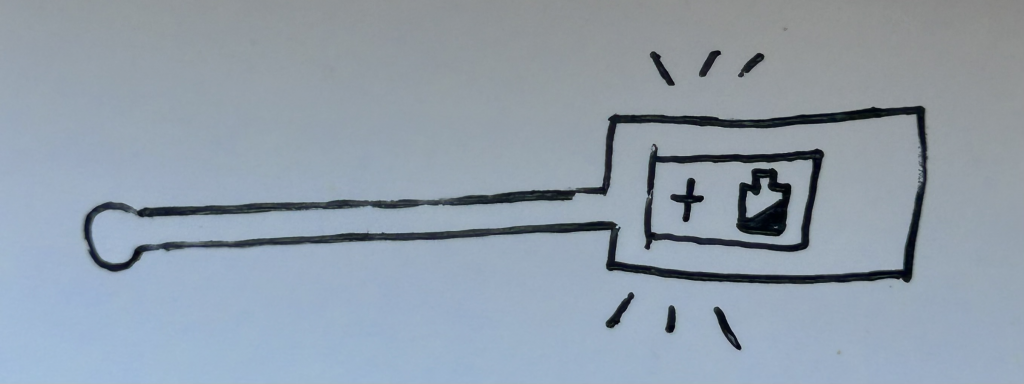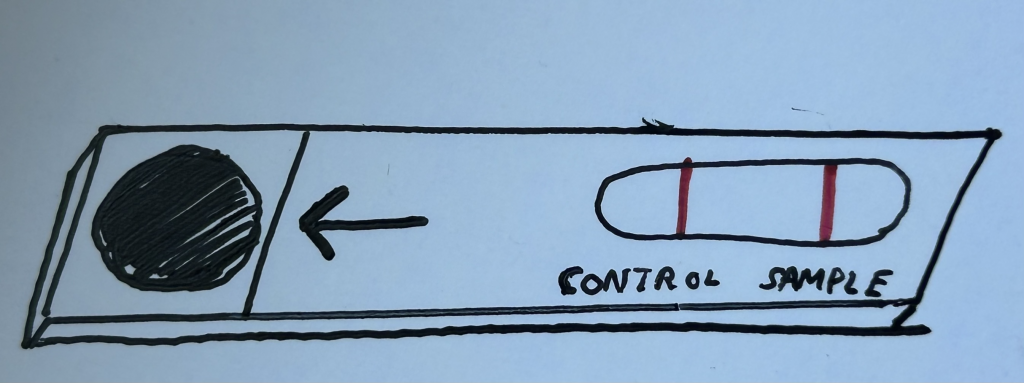March 5, 2023
The file above contains our Pugh matrix, which we used to compare our brainstormed ideas based on which ones best met our user needs.
The baseline we compared the ideas to was the current standard, which is alerting food servers, doing prior research, and using your own utensils and cooking equipment when possible. We assigned values of 3 to all user needs for this baseline.
For the other proposed solutions, we assigned values 1 (much worse than baseline) to 5 (much better than baseline) for each user need based on that idea’s ability to meet that need. We had also assigned weights to each need to indicate which ones are more or less valuable. We multiplied the totals. by these weights to get weighted totals which we could then use determine which ideas were best.
Based on the pugh matrix we selected that the gluten test strip, the scanner, and the antibodies would be the best devices to pursue. From our conversation, we believe that we can combine the test strips and the probes in order to create a device which is food safe and reliable.
Being able to come in contact with food was one of our most important requirements, as this is how it will likely test for the presence of gluten. By having a combination of the test strips and the probe, we are able to have a way to look at the entire meal and not just what the test strips cover, which would lead to more user errors.
The scanner is also an idea that was highly rated. However, the scanner would only be able to look at the surface of the food, versus the probe that would be able to detect gluten at a lower depth in the food. The antibodies were highly rated as well due to the importance that was stressed on the celiac website. It was stated that the ELISA assay is the most reliable way to test for gluten. Therefore, this has already been FDA-approved and used in industry. However, this has a few drawbacks as it is not able, as of right now, to perform a “miniature” ELISA test.
Below are sketches of the probe and the test strip.

